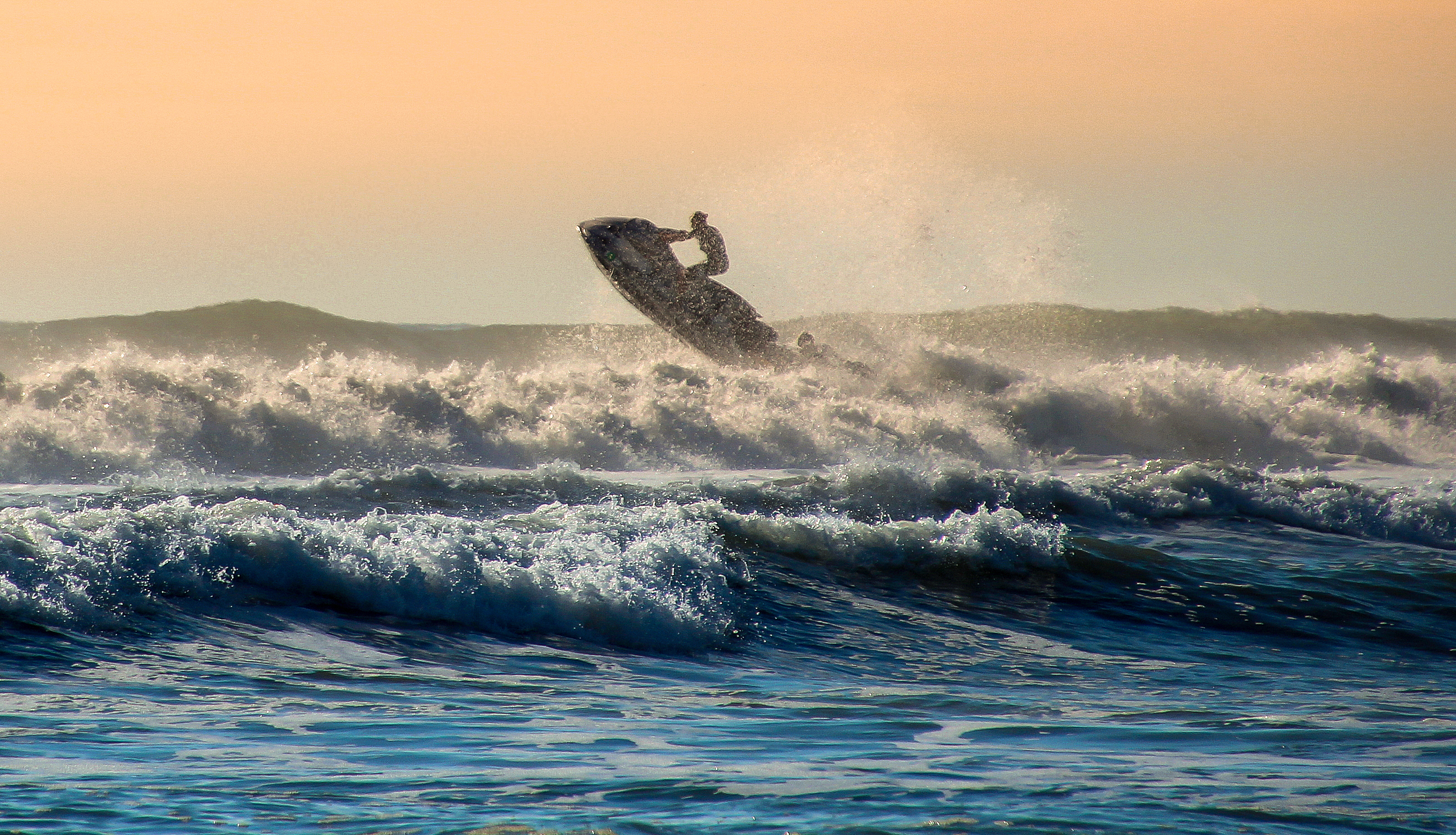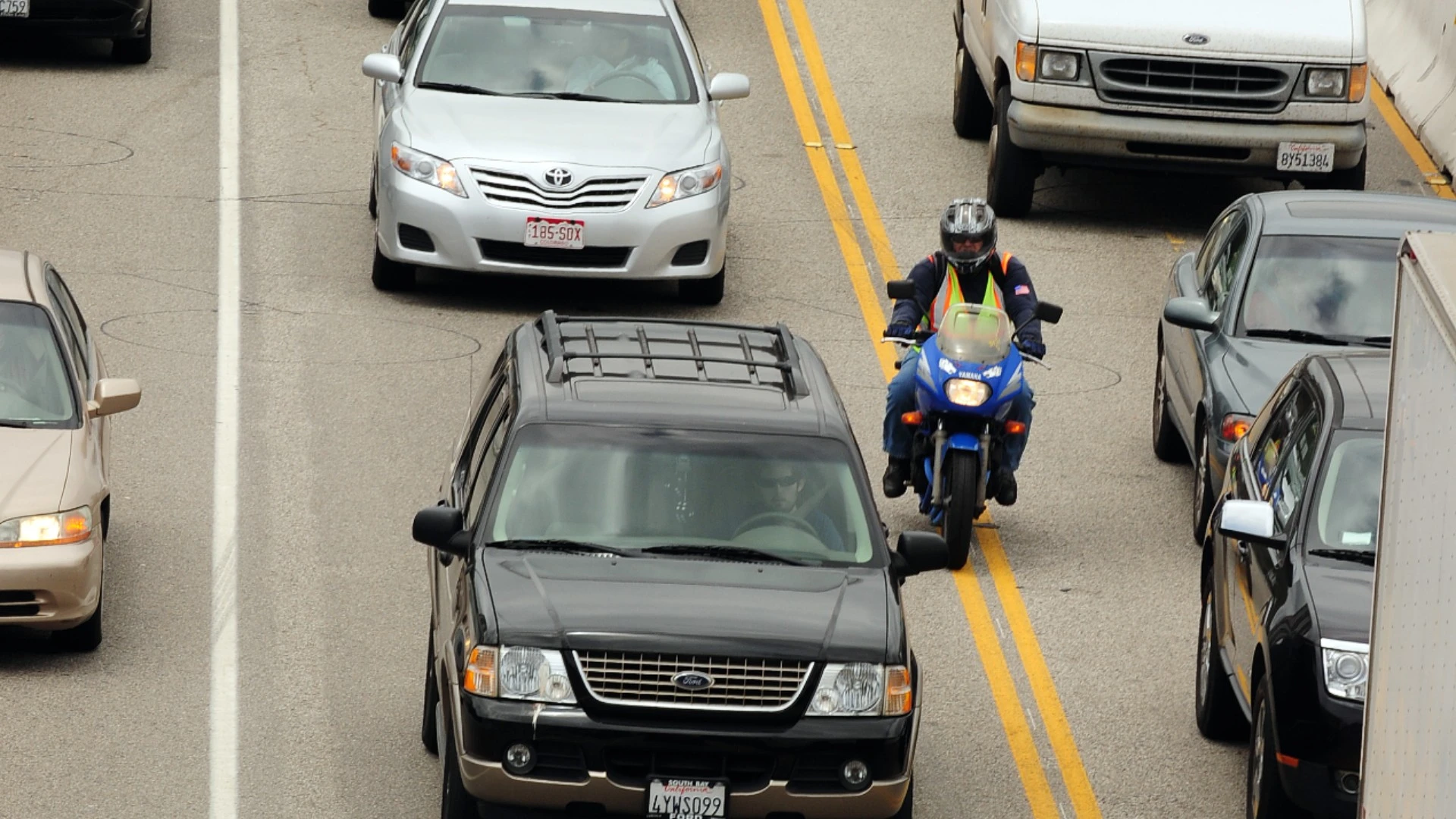3 min read
California Legalizes Motorcycle Lane Splitting
 Tyler "Thunder" Edwards
:
Jan 7, 2017 12:00:00 AM
Tyler "Thunder" Edwards
:
Jan 7, 2017 12:00:00 AM

If you're a motorcycle enthusiast, you've probably heard of lane splitting - the act of driving your bike between lanes of slow or stopped traffic. It's a divisive practice, with some riders hailing it as a way to beat the gridlock and others decrying it as dangerous and reckless. But did you know that lane splitting is legal in some states in the US? That's right - California, Utah, and Montana all allow it, with other states having varying degrees of acceptance. Recently, some states have even passed laws officially legalizing lane splitting. With this trend on the rise, it's a hot topic for debate among motorcycle riders and motorists alike. Will more states join in and make lane splitting legal? And how will they regulate it? Keep reading to find out!
California Legalizes Lane Splitting
California is the first state in the United States to have officially legalized motorcycle lane splitting. There’s no denying the fact that this practice has been around for quite some time now. But now, legal ramifications have finally been added to it.
Too bad California does not lower its minimum wage rules and all those regulations that are pushing jobs out of the state but that is another topic.
The Bill
The bill, called Assembly Bill 51, was signed into law by beleaguered and anti-business Gov. Jerry Brown which legally defines lane-splitting as the practice of motorcyclists riding in between the lanes in order to get through traffic quickly.
Watch out for those side-view mirrors!
The law went into effect on the 1st of January 2017.
This practice, also known as lane sharing, tends to spark tensions between motorcyclists who say that when they drive between vehicles, it is safe and reduces congestion too. Some motorists believe it is a reckless act and do not agree with this law. It is amazing California passed this law, they do force motorcycle riders to wear a helmet so this lane-splitting law seems uncharacteristic.
Fran Clader, the spokeswoman for the California Highway Patrol, said that their main concern has always been safety. They are trying to do whatever they need to in order to keep motorists and motorcyclists safe.
It looks like they are trying to save time for the folks who ride motorcycles. Just do not scratch anyone’s car!
The Guidelines
The guidelines from CHP cover the maximum speed at which motorcyclists can travel while they are lane-splitting as well as how much faster they can go compared to traffic.
Clader said that the process was a deliberative one and that CHP was working with the DMV, motorcycle safety organizations, and state agencies on this. Too bad someone does not get rid of sanctuary cities to lower the violence in Californian cities but that has not happened yet.
Bill Quirk, an assemblyman who also co-authored the bill, said that the officials from CHP wanted the guidelines to be ready within 1 year from the date of signing. He added that they were very anxious to get it all started and driving dangerously is something that will always be against the rules. But the guidelines would help CHP get a better idea of what the definition of dangerous was.
Just watch the narcissistic Dino Brewster drive in Need for Speed, now that is dangerous!
The Confusion
Until this bill was signed, lane-splitting wasn’t allowed or prohibited explicitly as per law. This is what led to a lot of confusion. Law enforcement agencies tend to allow lane-splitting when motorcyclists are doing it safely. This is something that is left to the officers to decide. But they aren’t allowed to cross any double-yellow lines.
In 2013, CHP posted some guidelines on its website regarding the right of lane-splitting. When traveling between vehicles, motorcyclists had to stay below 30 mph, as well as never more than 10 mph faster than the traffic around them.
The rules were removed from their website ultimately when people complained about the lack of legislation in this regard which meant the CHP couldn’t really create such guidelines.
There was an earlier version of this bill that had specified rules which would prohibit lane-splitting at speeds greater than 50 mph or traveling at speeds 15 mph faster than the rest of the traffic. These guidelines were in line with a study by the Safe Transportation Research & Education Center at UC Berkeley where they found lane-splitting to be safe. The study also said that motorcyclists who lane-split would feel safer and more confident between cars if it was legal. Which is not really surprising.
It does make sense; there is room on the road and highways for it. If you are not happy about this law then perhaps you can ride a motorcycle and do the same thing!
